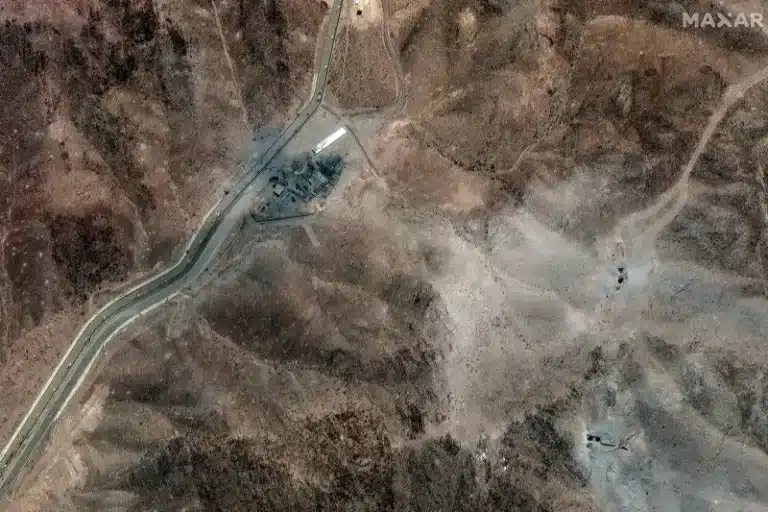Writing in The Washington Quarterly, CGEP Sr. Research Scholar Richard Nephew writes about the art of sanctions relief. You can access the full article here.
***
Introduction
Though most attention paid to using international sanctions properly fixates on their design and application, understanding how to remove sanctions is potentially more important. In essence, if sanctions are a psychological tool as much as an economic one, then their power lies in the ability of sanctioners to turn the spigot of “pain” on and off against their targets. Those sanctioned come to understand and expect that if they are willing to accommodate the inter- ests of their tormentors, they will be free of that pain and able to resume business as usual. If, on the other hand, those against whom sanctions are applied come to realize that there is almost nothing that they can do which will satisfy the demands of sanctioners, or that sanctions are a permanent state of affairs once imposed, then the signals sent to the sanctioned and their responses will be far different, and in all likelihood less useful.
Governments know this, to be sure, including those that use sanctions as a primary instrument of state policy. Sanctions relief has figured prominently in U.S. policy over the past two decades, from the effort to relieve Iraq of Saddam- era sanctions after the 2003 invasion to the drive to get business back into Myanmar after its policy reversals. Perhaps nowhere was sanctions relief a more important element of diplomacy than in the case of the Joint Comprehensive Plan of Action (JCPOA) with Iran, where the agreement spelled out the terms and modalities of sanctions relief in exacting detail.
Yet in all of those cases, not to mention others like Cuba or Libya, sanctions relief has been controversial, complicated and halting. This has in turn generated resentments and frustrations in the countries once targeted with sanctions, creating political problems and tensions that have even imperiled the agreements that permit relief to be granted. Donald Trump’s decision on May 8 to violate the JCPOA by withdrawing the United States from the agreement in the absence of Iranian material breach is a case in point as to the controversy that surrounds such agreements. None of this is helpful for the development of sanctions as a tool or in managing the specific situations affected.
For this reason, it is useful to consider carefully the common issues that lead to friction or complications in sanctions relief, as well as potential remedies. This article identifies three of each, to be addressed in turn.





